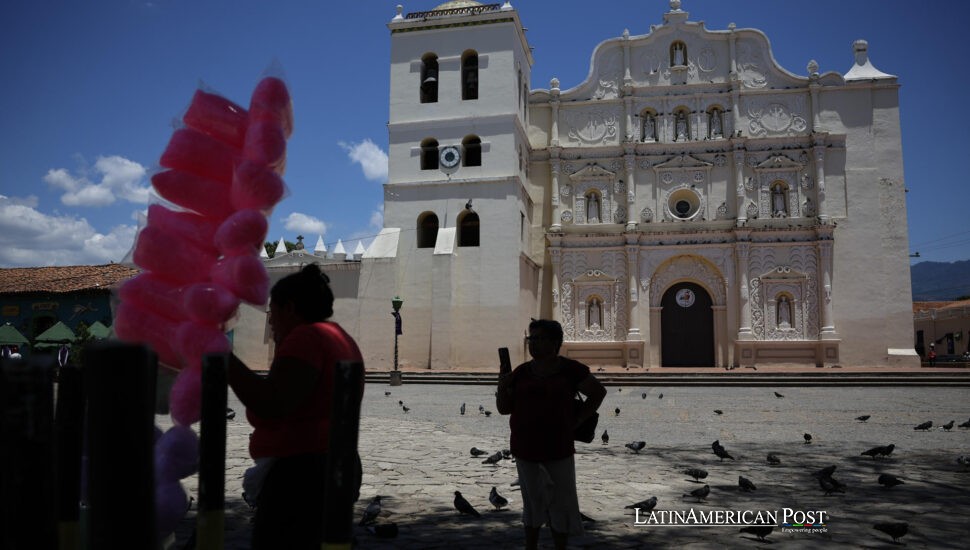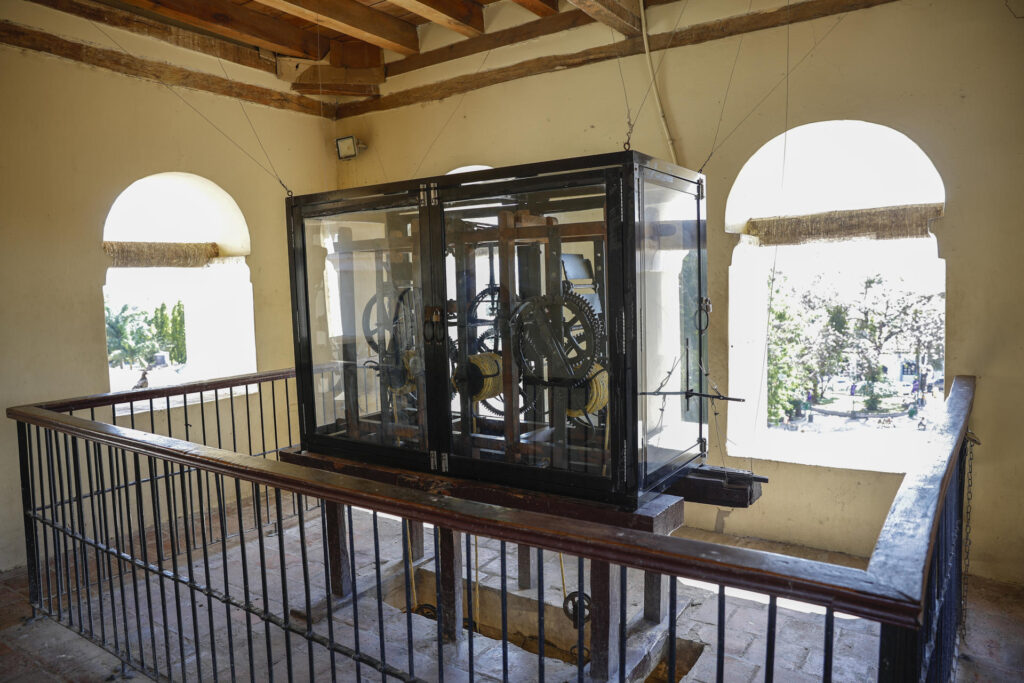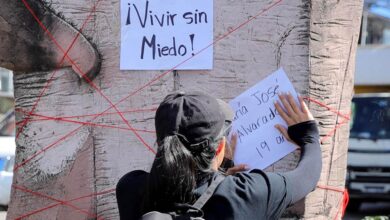Honduras Debates Ancient Clock, Searching for Historical Truth

In Honduras’s colonial capital of Comayagua, a curious clock perched on a centuries-old cathedral stirs excitement and debate. Though many hail it as the oldest in the Americas—or even the world—historians question the lack of records confirming its mysterious past.
A Bold Claim Rises from the Tower
Tucked behind massive walls of whitewashed stone, Comayagua’s Cathedral of the Immaculate Conception harbors a clock that draws curious travelers. Green hands and unconventional Roman numerals give it a quaint, old-world aura. Local tour guide Ever Villanueva calls it “the oldest working clock in the Western Hemisphere,” or perhaps “the oldest worldwide.” City workers disagree with that assertion. They state it is only the “oldest functioning clock in the Americas.” The Guinness record recognizes a clock at Salisbury Cathedral in England. Its origin is 1386, and it continues to work.
To local people who feel pride, their clock being far older than official documents suggest thrills them. Legend abounds in Comayagua: some say Arabs built it in southern Spain around the year 1100, intending it for Granada’s Alhambra before it ended up on Honduran soil in 1636. “When Queen Isabella I of Castile sent Columbus, the spoils were divided, and one relative donated the clock,” Villanueva told EFE. The story, ripe with romance and conquest, passes from generation to generation, fueling local pride and tourism.
Yet historians like Rubén Darío Paz remain cautious. “We lack concrete proof,” he told EFE. Although all concur it’s undeniably old, possibly from the 16th or 17th century, they disclaim any single piece of evidence for how the clock truly arrived. It might have simply been a standard gift from Spanish authorities or Catholic cardinals, intended for Comayagua, then an influential seat of colonial power.

The Clock’s Life Without Electricity
Regardless of its murky origins, the machinery enthralls visitors and townspeople alike. Unlike modern timepieces, the device needs no electricity or batteries. “It runs purely on gravity,” Villanueva explained. Weighted pendulums and large hand-forged gears power the main dial. One quirk that mesmerizes many is the number four depicted as “IIII” instead of “IV,” reflecting how certain medieval or Renaissance-era clocks omitted the subtractive Roman numeral form.
To glimpse this mechanical soul, guests climb steep stone stairs to a second-floor chamber in the cathedral’s campanario. Behind a wood-and-glass case, the complex gears steadily turn, regulated by a swinging pendulum that never pauses. Sunlight from arched windows illuminates its burnished metal parts—an echo of an earlier century, unhurried by modern conceptions of time. The vantage also grants a bird’s-eye panorama of Comayagua’s bustling square, where coffee vendors and hawkers fill the air with chatter.
While debate lingers over whether it dates from 1100 or a later era, this mechanism carries daily significance for locals. On December 31 each year, the clock’s chimes ring in the New Year, luring hundreds to gather under the tower. Children watch in awe, grandparents recall how the clock endured previous centuries’ storms, and newcomers discover Comayagua’s pride: “center of Honduras, the center of Central America, and heart of the Americas,” as locals call it.
Balancing Mystery and Heritage
For historian Paz, Comayagua’s clock is less about verified timelines than about how communities shape collective memory. “People want to believe we have the oldest clock on Earth,” he told EFE. “There’s no official archival proof, but the legend draws visitors and fosters local identity.” At times, romantic myths overtake historical rigor, forging a potent narrative that merges Moorish Spain, colonial expeditions, and Indigenous assimilation.
In practice, the clock’s day-to-day usage remains minimal—its bong and melodic ticking are overshadowed by contemporary digital devices. Yet the city invests in maintaining it, employing skilled technicians to oil gears and calibrate the hands regularly. Guides insist that, functionally, it has kept time for centuries, requiring only occasional repairs. As a result, the clock is both a tourist magnet and a living piece of heritage to honor.
Visitors exit the cathedral, reflecting on the swirl of rumor and scholarship. Does the clock truly predate the 12th-century Spanish influences, or was it a leftover from a later period gifted by royal or ecclesiastical officials? The question remains open. For many, though, the thrill lies in unsolved mystery. Future documents may clarify the clock’s true age. The clock demonstrates Comayagua’s cultural mixture. Spanish, along with African cultures, mixed here.
Families sit on benches in the plaza under the sun. They discuss the clock’s confusing story. Some admire how centuries back, in an era of limited technology, such a piece was crafted and somehow survived the crossing of an ocean. The tower, either of great age or simply very old, provides a sense of time in a quickly changing area. This is sufficient for people who want to save the unclear feeling that attracts them to Comayagua’s tower each year.
Also Read: Puerto Rico Celebrates Claridad Festively, Embracing Independence Dreams
Comayagua’s clock works, but whether it is truly the “oldest” is uncertain. The clock has working gears and a pendulum that swings. This shows dedication to Central America’s past during colonial times, as well as the region’s less-defined cultural items. The tower’s steady beat goes beyond hometown pride. It reminds people that legends get authority when unknown parts of the past mix with ordinary experience.





